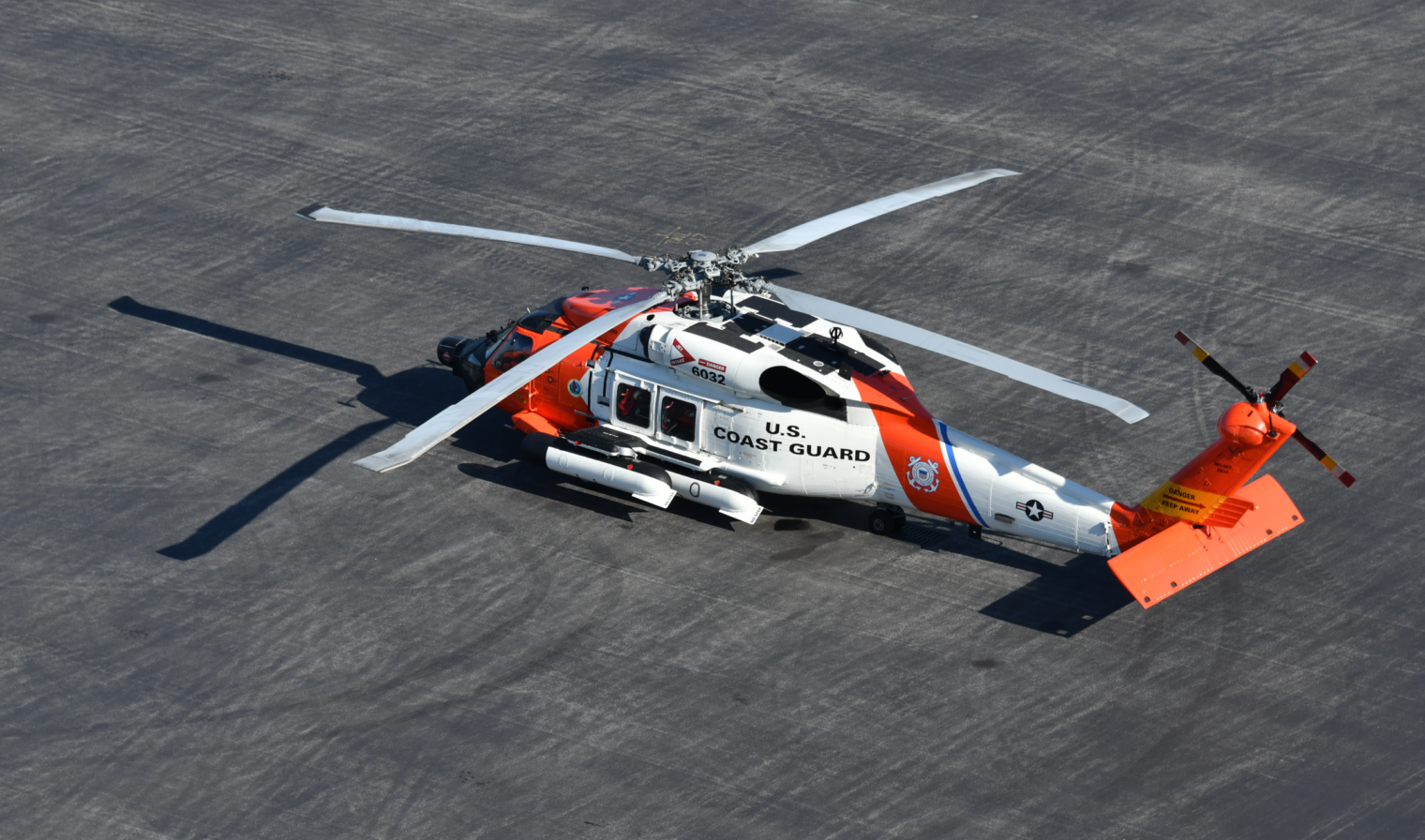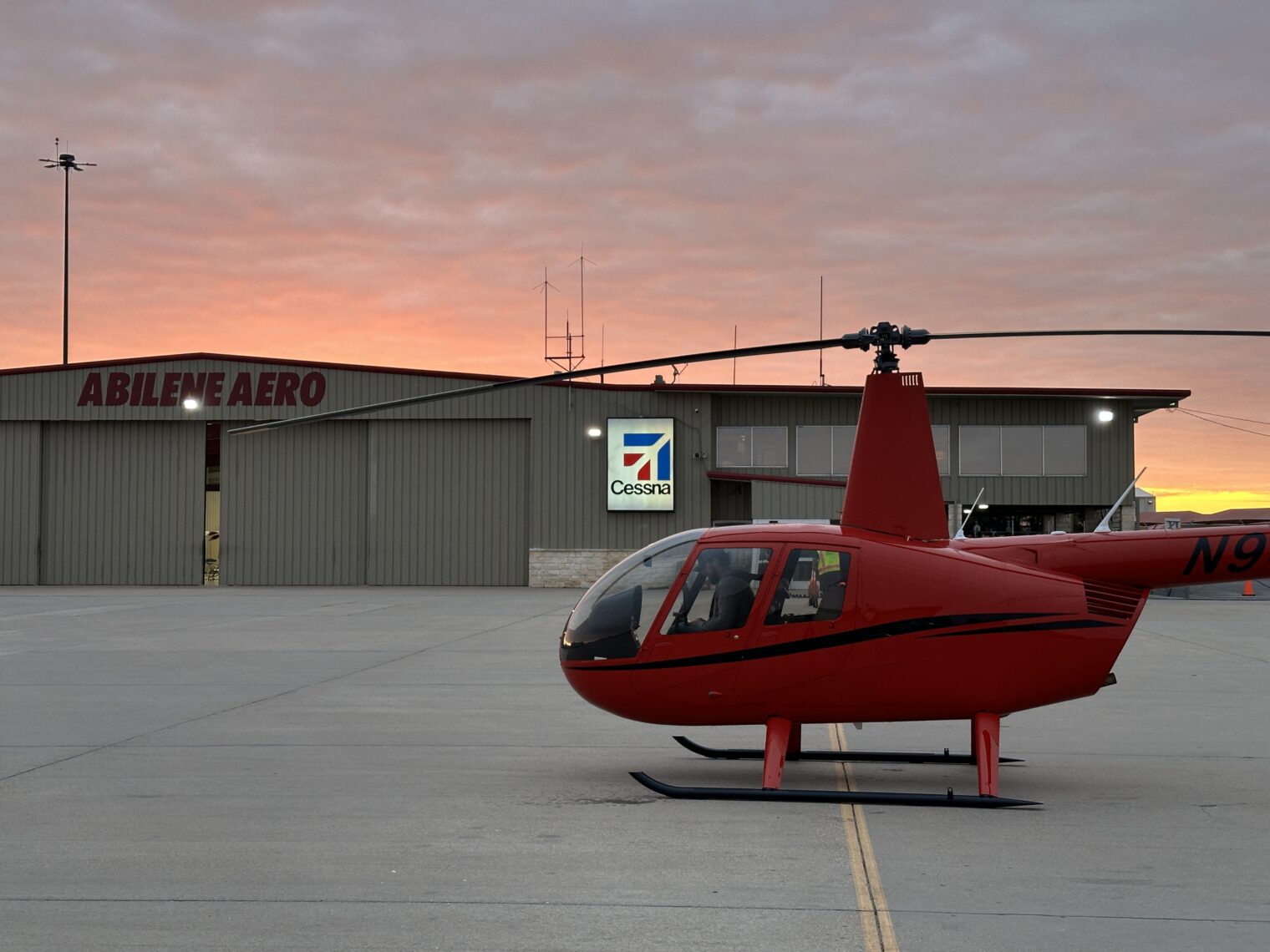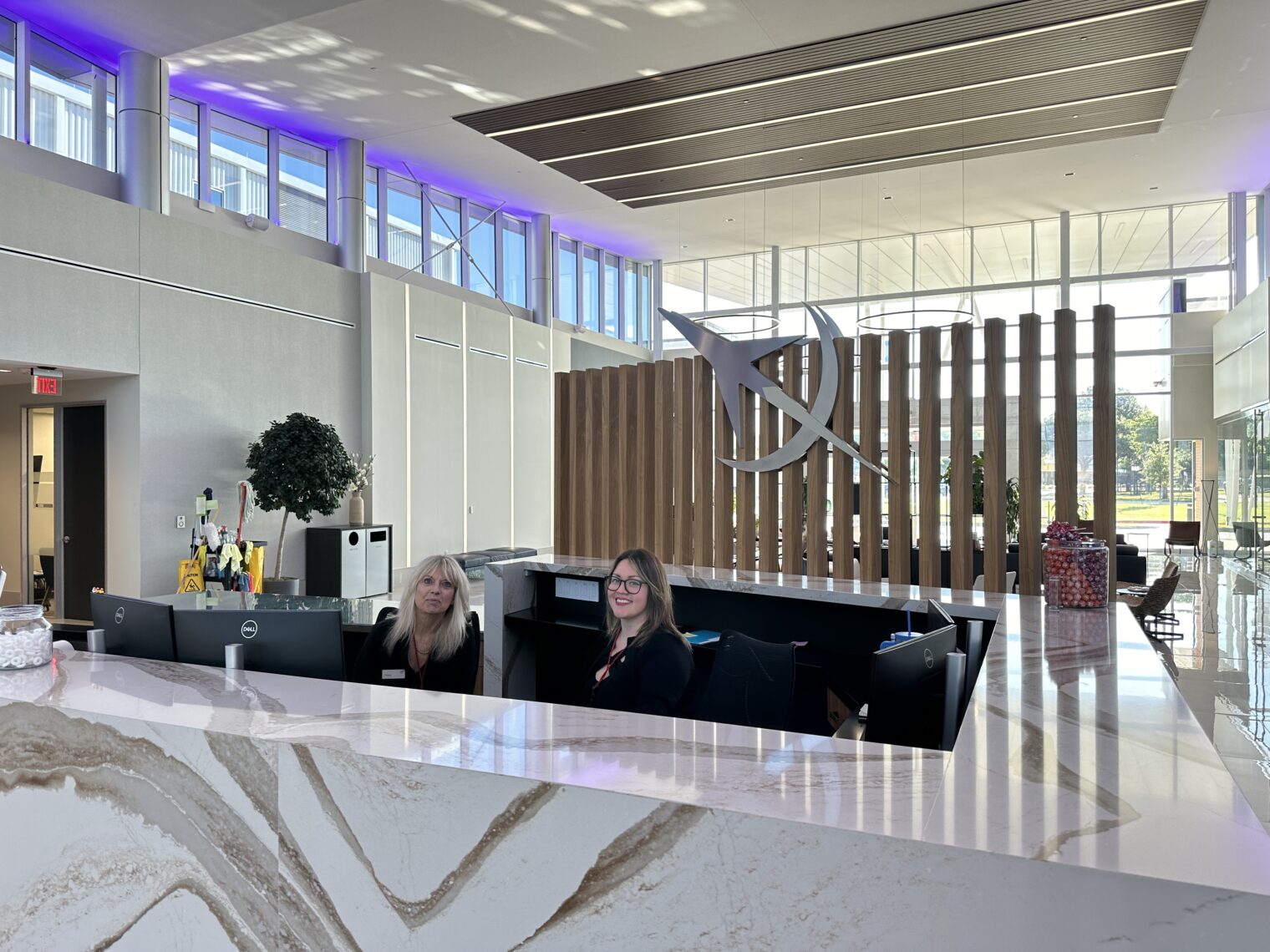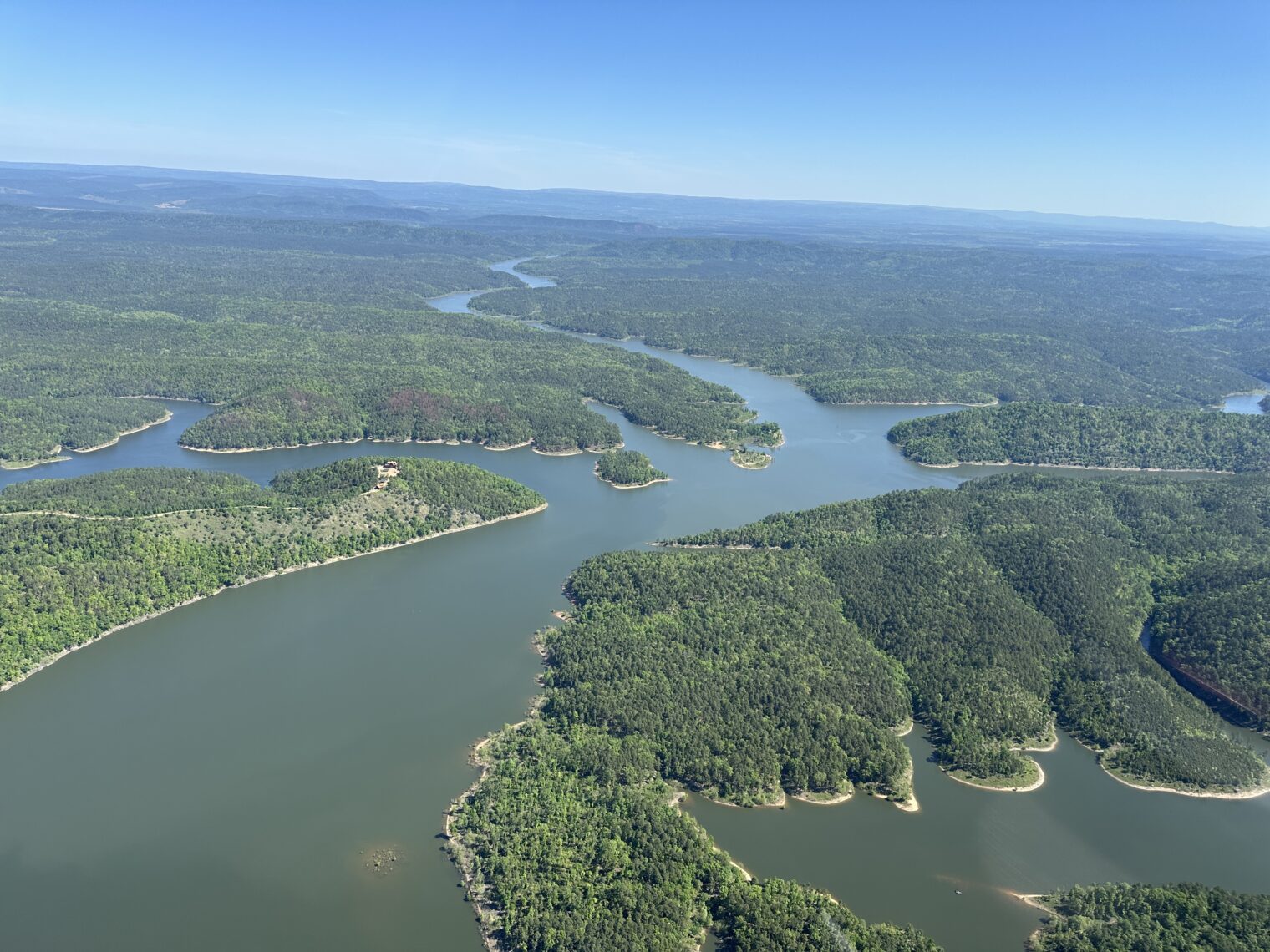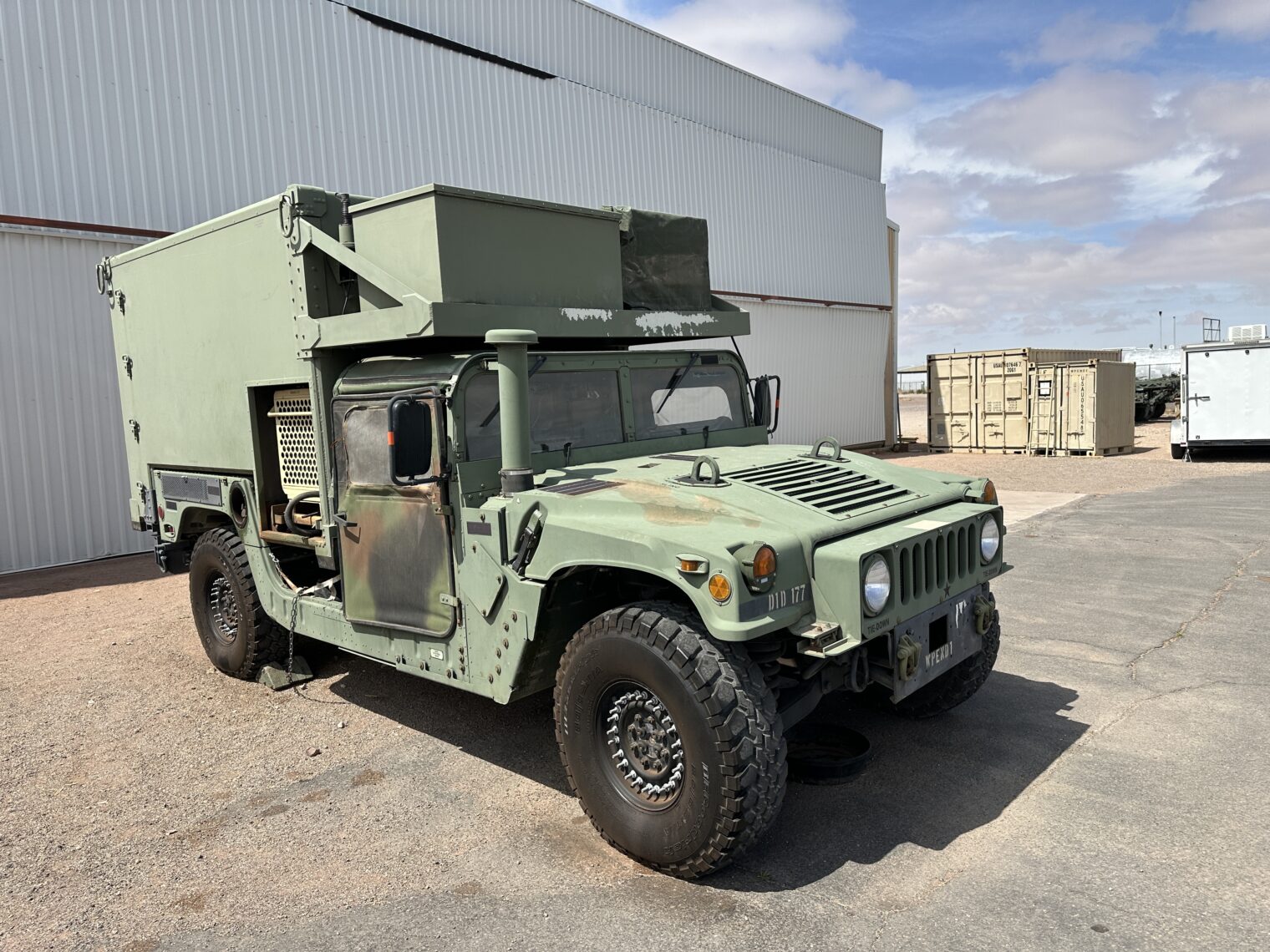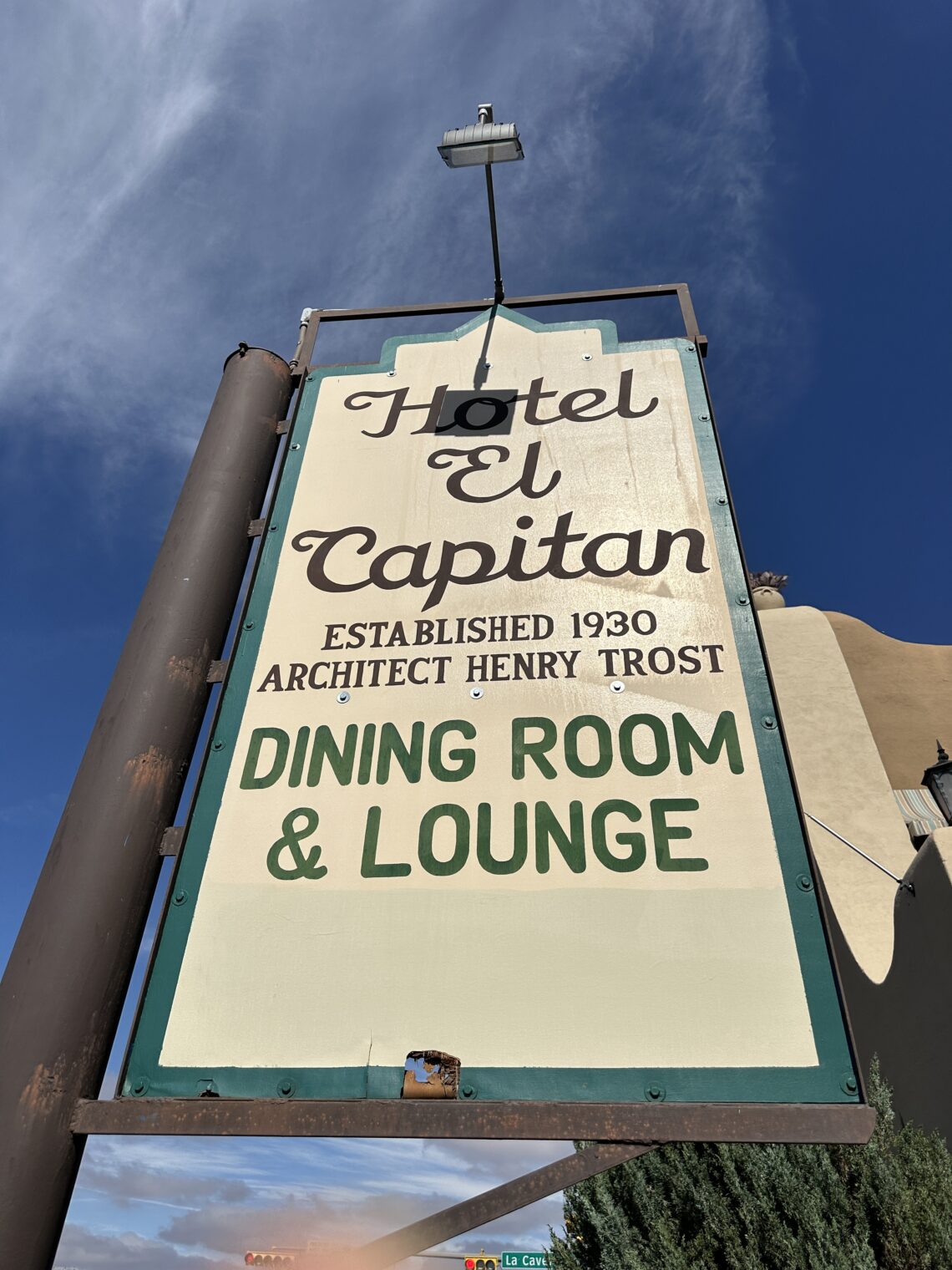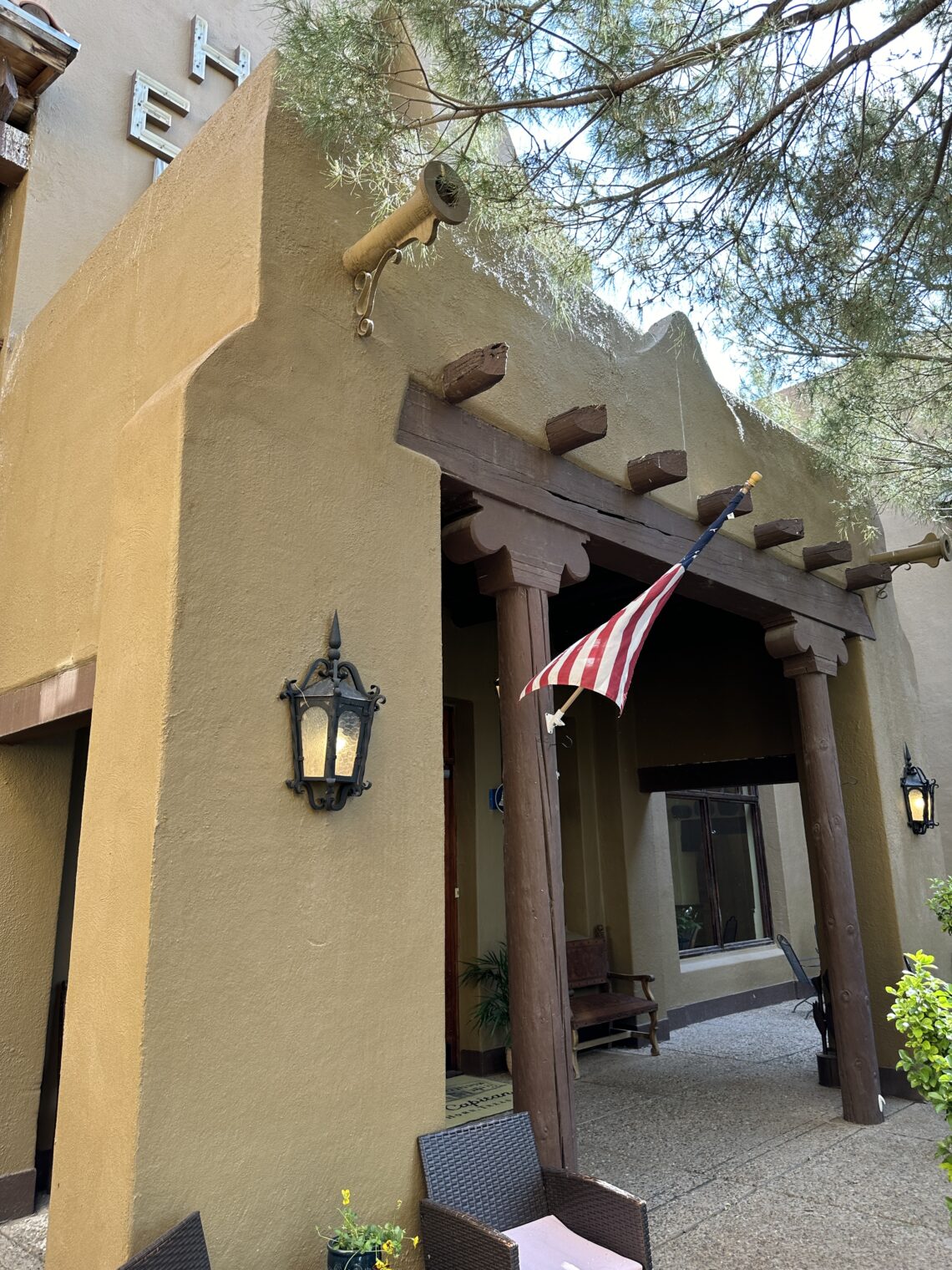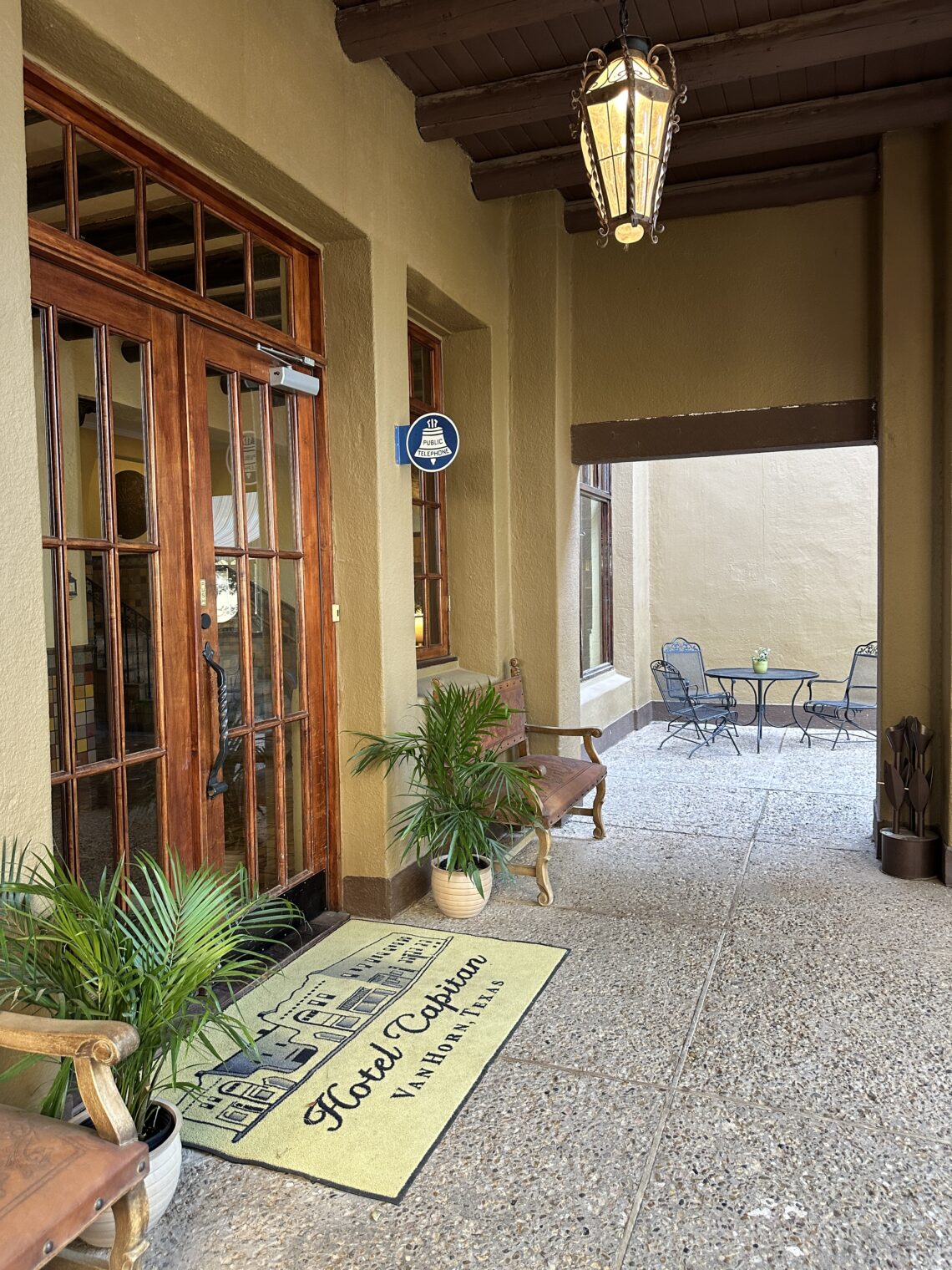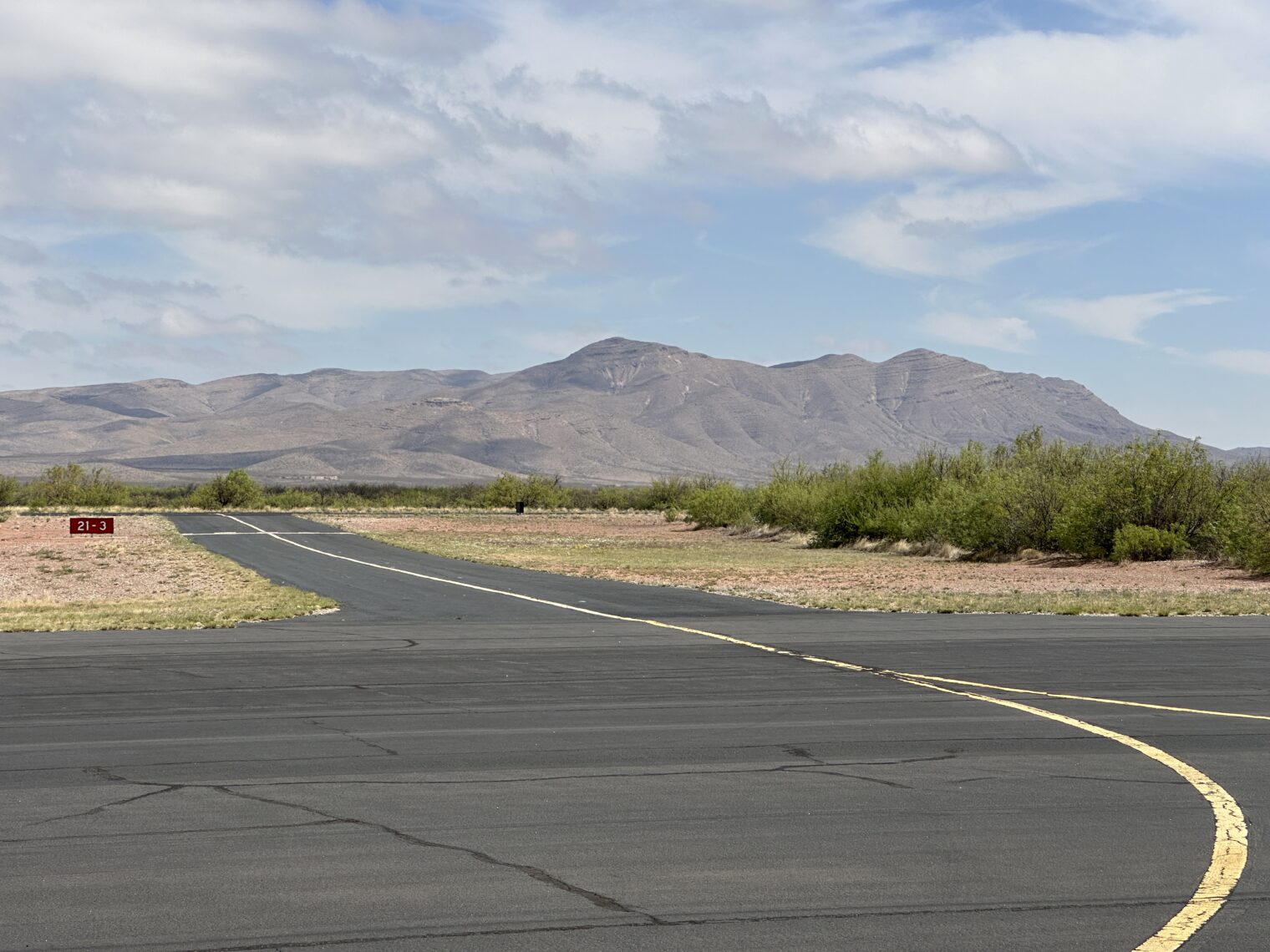The spinning ATR crash in Brazil
Friends have been asking me about the ATR turboprop that spun into the ground in Brazil on August 9, 2024 in which 62 people were killed. Aviation Safety Network says that it was warm on the ground (17C) with a potential for “severe icing” above 12,000′ (FL120):
CNN:
It began losing altitude a minute and a half before crashing. The plane had been cruising at 17,000 feet until 1:21 p.m., when it dropped approximately 250 feet in 10 seconds. It then climbed approximately 400 feet in about eight seconds.
A spin, which is not recoverable in an airliner, is a consequence of an aerodynamic stall. In a stall, the wings lose lift because the critical angle of attack (angle between the wing and the oncoming air) is exceeded. Why does the plane spin instead of simply descending due to the loss of lift? Because the wings don’t stall to the same extent at the same time. One wing will drop first and the plane then spins in that direction. As flight instructors we are required to learn how to recover from a spin, but these techniques are useful primarily in low-performance single-engine aircraft. A Cessna 172 supposedly will come out of an incipient spin if the pilot simply removes hands and feet from the flight controls. Making an airplane this forgiving impairs cruise speed and, therefore, airliners aren’t designed with spin-recovery in mind. Instead, they prevent the pilots from the initial stall via a stick shaker and/or stick pusher that activates when the plane is getting too slow. Fly-by-wire airliners, such as the Airbus A320, prevent the pilots from stalling by ignoring inappropriate flight control inputs. (Captain Sully had the stick full back during his heroic single-pilot landing on the Hudson, just like a panicked student pilot, but the French software engineers kept the plane flying (not quite at the optimum speed for a water landing due to the higher-than-minimum vertical descent rate, but apparently close enough due to efforts of the French aeronautical engineers in overbuilding the airframe to survive both the high vertical speed and the high forward speed from landing downwind).)
The ATR 72-500 apparently has both the shaker and pusher (source):

Shakers and pushers prevent most stalls, but not all. A Bombardier Q400 turboprop crashed in 2009 despite the shaker and pusher activating after the pilots leveled off and forgot to add power. Wikipedia:
Following the clearance for final approach, landing gear and flaps (5°) were extended. The flight data recorder indicated that the airspeed had slowed to 145 knots (269 km/h; 167 mph).[3] The captain then called for the flaps to be increased to 15°. The airspeed continued to slow to 135 knots (250 km/h; 155 mph). Six seconds later, the aircraft’s stick shaker activated, warning of an impending stall, as the speed continued to slow to 131 knots (243 km/h; 151 mph). The captain responded by abruptly pulling back on the control column, followed by increasing thrust to 75% power, instead of lowering the nose and applying full power, which was the proper stall-recovery technique. That improper action pitched the nose up even further, increasing the gravitational load and increasing the stall speed. The stick pusher, which applies a nose-down control-column input to decrease the wing’s angle of attack after a stall,[3] activated, but the captain overrode the stick pusher and continued pulling back on the control column. The first officer retracted the flaps without consulting the captain, making recovery even more difficult.
(The root cause of the above accident, in my opinion, is the complacent attitude by the FAA and airframe manufacturers regarding deficient avionics. The aspiration seems to be an LCD version of the gauges and dials that were in a B-17 bomber over Germany in World War II. The computers on board the aircraft had all of the information that they needed to warn the crew “you can’t hold altitude at this power setting” long before they came anywhere near stalling. See my 2010 post.)
The ATR 72-500 is equipped with de-icing equipment, but no aircraft is capable of maintaining level flight indefinitely in “severe icing”. Ultimately, pilots of a sophisticated airplane will have to do what the pilot of a crummy airplane with no de-icing gear must do: allow the plane to descend while maintaining a reasonable airspeed. If it is below freezing on the surface, this means that an epic amount of runway will be consumed for landing because it will be unsafe to slow down and also probably unsafe to add flaps (the airplane certified for operations in icing conditions comes with a big book explaining what speeds and configuration to use). If the airplane can descend into above-freezing air, the ice will come off almost immediately.
Circling back to Voepass 2283, the accident airplane from yesterday, the CNN report is consistent with pilots who were trying to hold altitude rather than accept a descent: “The plane had been cruising at 17,000 feet until 1:21 p.m., when it dropped approximately 250 feet in 10 seconds. It then climbed approximately 400 feet in about eight seconds.”
The last sentence suggests that they were actively trying to get back to their assigned altitude of 17,000′. In hindsight, of course, the best course of action would have been to hold 200 knots (a good all-purpose safe speed) and descend to warmer-than-freezing air (Campinas is no higher than about 2,500′ above sea level and was 17C on the surface, suggesting that warmer-than-freezing air was available up to about 12,000′ (lapse rate of 2C per 1,000′).)
(Have I encountered icing myself, you might ask? Yes, but never “severe”. In jets and turboprops I was always able to use the onboard equipment (hot wings or rubber boots that inflate) to deal with the icing while we hunted up or down for an ice-free altitude. In little piston-powered 4-seaters that aren’t certified for known icing, the rule is that you never fly into clouds that are forecast to contain ice. However, sometimes you pick up ice that wasn’t forecast. So the rule is to descend to warmer air and, if warmer air doesn’t exist (New England in the winter), the rule is not to fly through clouds because you don’t know if you’ll be able to shed any ice. An instrument rating combined with an unpressurized non-deiced small plane isn’t a fly-on-your-own-schedule formula because you can’t get over thunderstorm lines in the summer and you can’t go through clouds in the winter due to the risk of ice.)
So… icing by itself likely cannot be the cause of the recent accident in Brazil.
Full post, including comments
